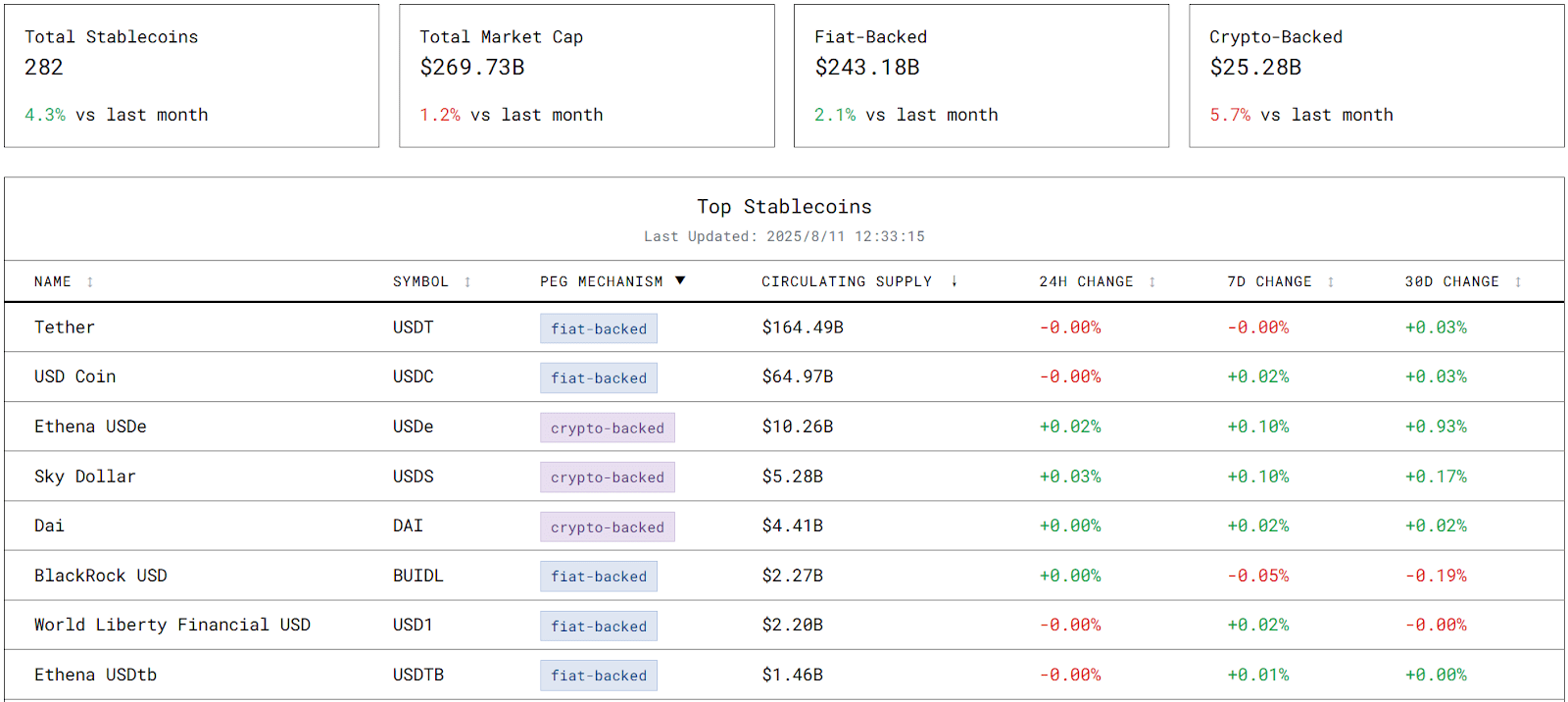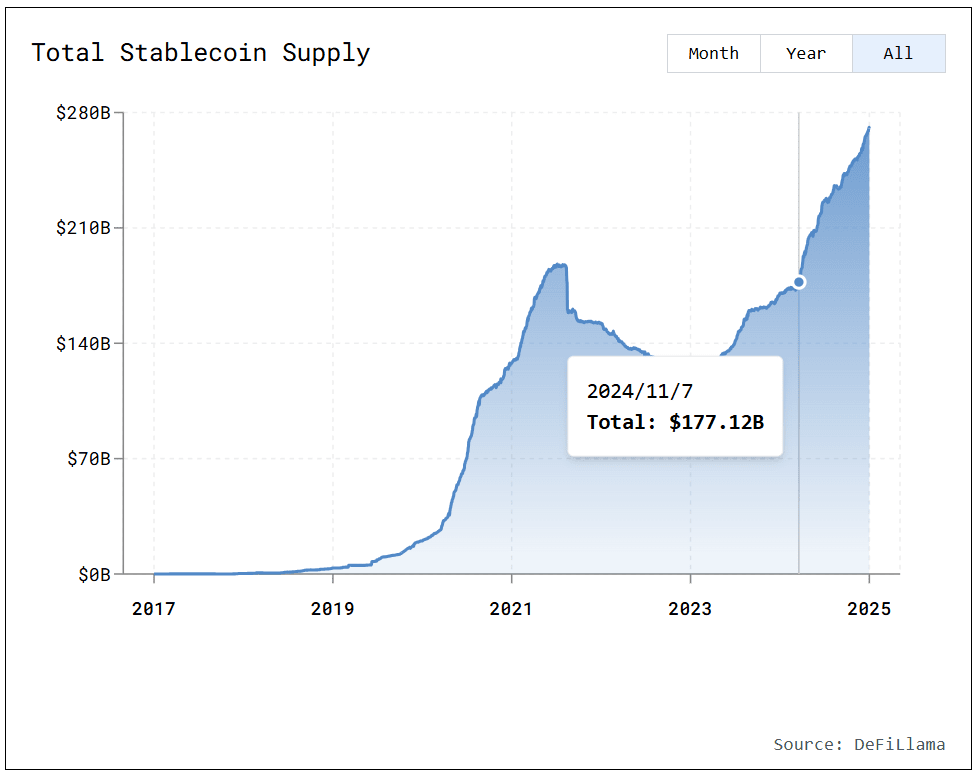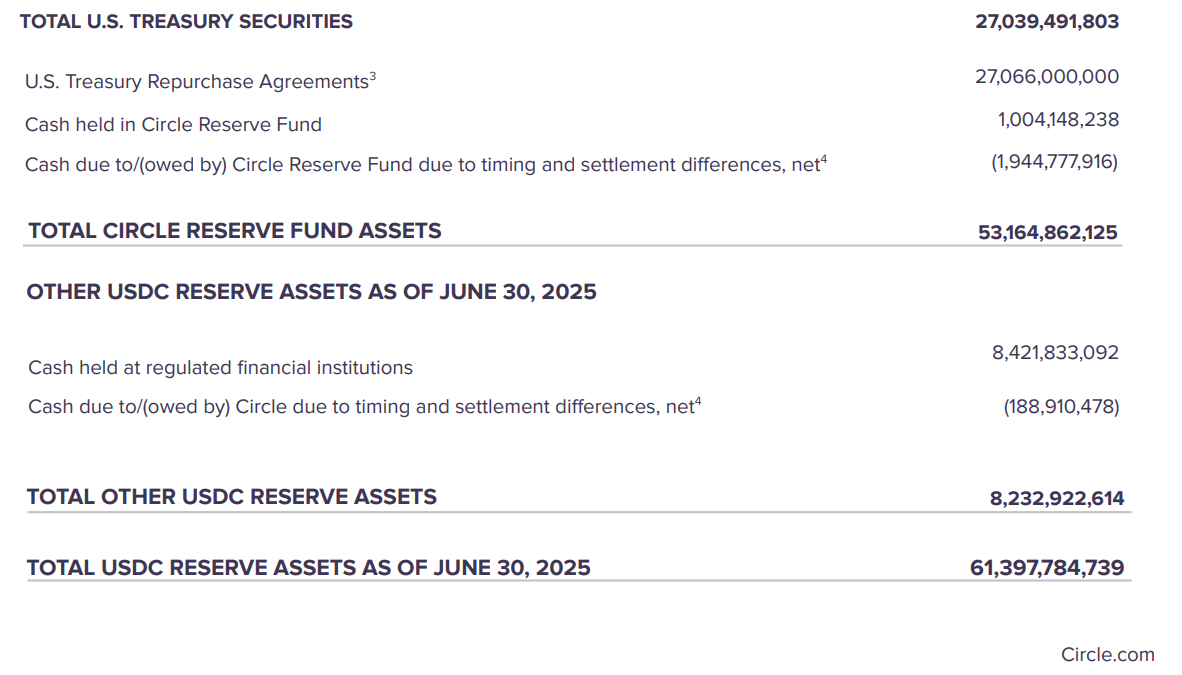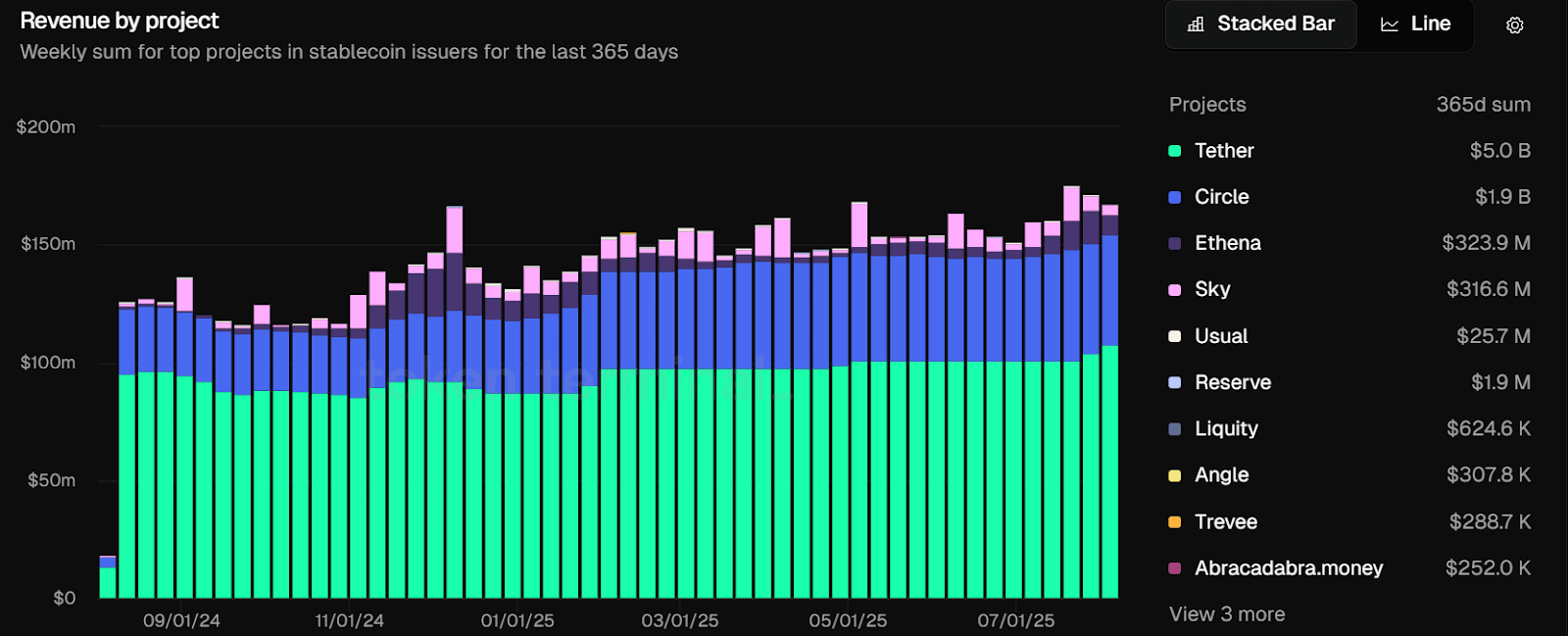Original title: (Tether Becomes the 18th Largest Holder of U.S. Treasuries, Analyzing the 'Money-Sucking Technique' of Stablecoins)
Original author: Ding Dong, Odaily Planet Daily
Recently, Tether revealed that its holdings of U.S. Treasury bills have surpassed $120 billion, a figure that not only exceeds the holdings of sovereign nations like the UAE and Germany but also elevates a stablecoin issuer to become the 18th largest holder of U.S. Treasuries globally.
For those familiar with the crypto market, this figure is astonishing; from the perspective of traditional finance, it resembles a structural "financial tectonic shift." Some argue that stablecoin issuers like Circle and Tether are absorbing more U.S. Treasuries than most countries, which could reshape the U.S. economy.
In the eyes of supporters, this represents a new extension of dollar hegemony: through on-chain liquidity and global payment networks, stablecoins provide unprecedented leverage for the dollar's dominant position in international trade and digital assets. However, critics warn that even if stablecoins only account for a small part of the entire market, they could lead to financial instability in the banking sector, as stablecoins may siphon funds away from bank deposits, and since deposits are a necessary liquidity source for loans, stablecoins could threaten the credit system.
The prosperity of the stablecoin market and its oligopolistic structure

The stablecoin market is currently experiencing a liquidity boom. According to stablecoins.asxn.xyz data, the total market capitalization of global stablecoins has surged to $269.73 billion, setting a new historical record. Among them, Tether's USDT remains at the top with a market cap of $164.49 billion, followed closely by Circle's USDC at $64.97 billion, together accounting for over 85% of market share, forming a clear oligopoly.
Interestingly, despite the highly concentrated landscape, market innovation vitality has not been suppressed. Since 2024, the total number of stablecoins has increased to 282, with new categories continuously emerging from on-chain payments to cross-border settlements.

In terms of market capitalization curves, USDT has been steadily increasing, while USDC has shown a slowdown in growth since May 2025. In contrast, the decentralized stablecoin USDe recorded over 75% monthly growth in July, becoming the "dark horse" that disrupts the landscape.

USDT and USDC: Two paths, two logics
Although both USDT and USDC promise a 1:1 peg to the dollar, they have chosen entirely different paths in development and brand positioning.
Tether (USDT): A controversial pioneer in the market
USDT is issued by Tether Limited, registered in Hong Kong and headquartered in Switzerland, dominating the stablecoin space through a market-oriented approach. With a wide range of trading pairs and enormous circulation, USDT has become the most widely used stablecoin in the crypto market, even maneuvering adeptly in gray areas. However, its reserve transparency issues have long faced criticism. In October 2021, Tether was fined $41 million by U.S. regulators for reserve-related issues. Despite regularly releasing reserve reports, the frequency and detail of audits have still left the market questioning its trustworthiness.
Circle (USDC): A prudent choice for compliance
In contrast, USDC follows a compliance-oriented route. Issued by the Centre consortium, co-founded by Circle and Coinbase, Circle is a fintech company regulated by U.S. financial regulators (FinCEN) and publishes monthly reserve reports audited by third-party accounting firms (such as Grant Thornton) to prove the adequacy of its dollar reserves. Although USDC's market size does not match USDT, it is highly favored in decentralized finance (DeFi) and institutional trading due to its high transparency and compliance.
This is not only a difference between two products but also a strategic bet on the future: one bets on market efficiency and liquidity, while the other bets on institutional trust and compliance as a protective moat.
The "money-sucking" logic of stablecoins: costless deposits and huge profits
The business model of stablecoin issuers is the clearest and most direct in the crypto industry, centered around costless deposit gathering and stable interest margins. When a user exchanges $100 for 100 stablecoins, that $100 becomes the issuer's reserve. Since stablecoins do not pay interest to users, the issuer effectively receives a costless deposit. They then invest these funds in highly liquid, low-risk assets like U.S. Treasuries and repurchase agreements to earn stable interest returns.
Under a fund pool of hundreds of billions, this model has become a continuously operating profit machine: stable returns and controllable risks make it nearly the most predictable business model in the crypto industry.
For example, in Tether's asset portfolio, cash equivalents like U.S. Treasury bonds account for over 80%, Bitcoin makes up 5%, and the rest is distributed among corporate bonds, precious metals, and secured loans. By the second quarter of 2025, Tether's holdings in U.S. Treasuries reached $127 billion (with direct holdings of $105.5 billion and indirect holdings of $21.3 billion), surpassing South Korea's $124.2 billion, ranking 18th globally.
The significance of this holding structure lies not only in the profitability of the stablecoin market but also in its position within the dollar liquidity cycle. Stablecoins provide global users with immediate access to dollars while channeling those funds back into the U.S. Treasury market, forming a "dollar-on-chain-Treasuries" circulation pathway. This pathway enhances global demand for U.S. Treasuries but may also amplify liquidity fluctuations in extreme cases, as the redemption demand for stablecoins is more immediate and concentrated than traditional bank deposits.
Circle adopts a more conservative asset allocation: 44% in U.S. Treasuries, 44% in Treasury repurchase agreements, and 15% in bank deposits. As of June 30, 2025, its total holdings in Treasuries and repurchase agreements amounted to approximately $54 billion. (-3% represents temporary discrepancies in trading or settlement, which typically balance out in the short term and do not pose a significant threat to overall reserve stability.) This allocation aligns more closely with the risk management logic of traditional financial institutions, indicating a relatively robust balance between short-term payouts and interest income.

Financial performance: The other side of profit
According to financial data from the second quarter of 2025, Tether's total assets reached $162.57 billion, with total liabilities (token issuance) at $157.11 billion, net assets around $5.47 billion, and shareholder capital remaining stable. In just the second quarter, Tether achieved a net profit of $4.9 billion, with total earnings of $5.7 billion for the first half of the year, of which $3.1 billion came from recurring profits while $2.6 billion came from the valuation increase of gold and Bitcoin holdings. This indicates that a significant proportion of its profit structure relies on asset price fluctuations; although the current market environment is favorable, valuation gains could rapidly shrink during a cycle reversal.
Circle exhibits more "bank-like" financial characteristics—by June, total assets were $61.39 billion, total liabilities were $61.33 billion, with assets slightly exceeding liabilities. According to tokenterminal.com data, protocol revenue over the past year reached $1.9 billion, primarily from interest income on Treasury bonds and repurchase agreements, with almost no reliance on highly volatile assets. This model is particularly attractive in the current high-interest-rate environment, but if the U.S. enters a rate-cutting cycle, income pressure may increase.

On July 18, 2025, U.S. President Trump signed the GENIUS Act, delineating new boundaries for the stablecoin industry, marking a turning point for stablecoins from fringe innovation to mainstream finance. This legislation is not only a response to industry expansion but also reflects the U.S. intent to incorporate stablecoins into its "digital dollar" strategic landscape.
For compliant issuers like Circle, the bill means an expansion of market space; for Tether, the advantages of a global market may face challenges due to pressures of reserve transparency and compliance standards. Regardless of the ultimate outcome, stablecoins are becoming tools for dollar hegemony in the digital age, introducing new variables into the global financial system.
Original link


